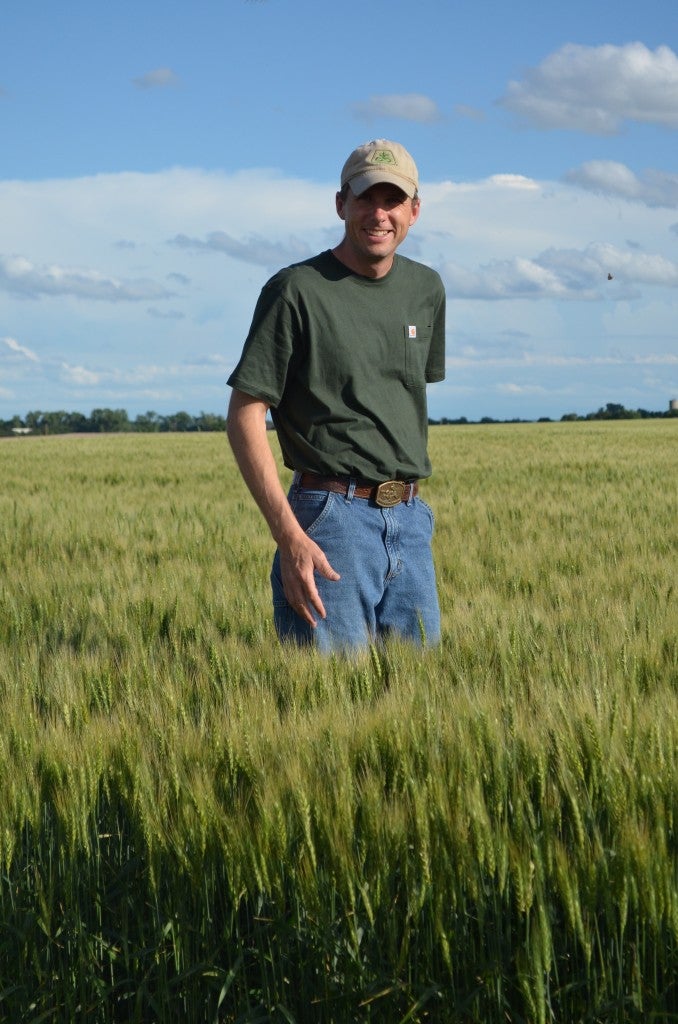Farms across North Carolina are experiencing more variable and extreme weather associated with climate change, including hotter nights and more frequent and severe rainfall. Small farms are adapting to these changes by adopting climate-resilient practices that help buffer weather extremes and improve soil health.
Measuring and communicating the financial costs and benefits of these practices is important to help more farmers adopt them profitably and find financial support for the transition. Cooperative extension agents — small farms’ closest technical advisers — will increasingly need to inform farmers about climate-resilient practices and their financial impacts.
Environmental Defense Fund and North Carolina Agricultural and Technical State University Cooperative Extension collaborated with three small North Carolina farms to measure the financial impacts of adopting reduced tillage, high tunnels and cover crops. The results are summarized in a new report and set of case studies. Read More










 I first met Justin Knopf at a meeting in DC about five years ago. At 6’3”, he definitely stood out, but not just physically. He openly conveyed how important his family and his land are – the reason he cares so much about making sure his Kansas farming operation can live on is for his children. It’s rare to meet someone so articulate, sincere and committed to sustainability.
I first met Justin Knopf at a meeting in DC about five years ago. At 6’3”, he definitely stood out, but not just physically. He openly conveyed how important his family and his land are – the reason he cares so much about making sure his Kansas farming operation can live on is for his children. It’s rare to meet someone so articulate, sincere and committed to sustainability.